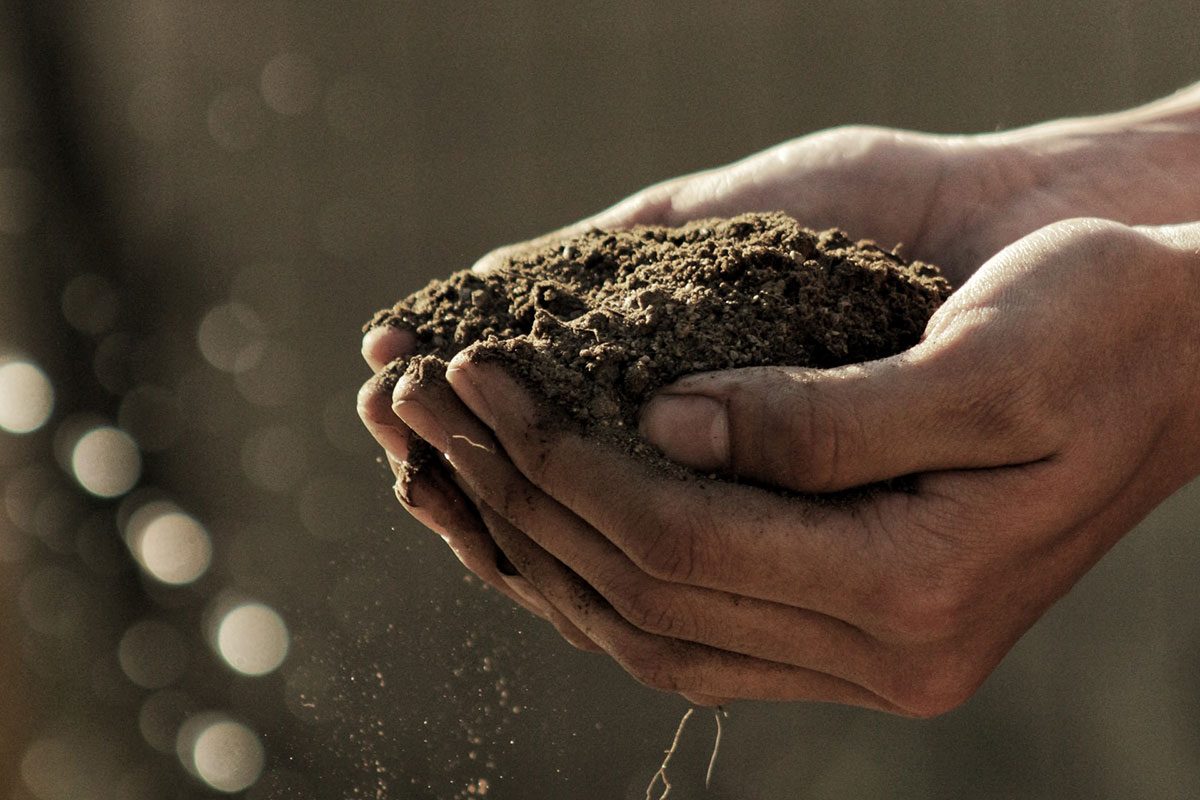Cross-cutting Community Priorities
Climate Action
Food production, distribution, and food waste are large contributors to greenhouse gas (GHG) emissions, which are the main driver of climate change. It is also true that climate change poses numerous threats to our current food system. Rising temperatures and changing precipitation patterns will negatively impact growing seasons for crops and livestock health.
Shifting our food production system to more sustainable and regenerative practices will help reduce agriculture’s role in climate change and also help make our food system more resilient to ever-changing conditions.
Concurrent to the development of the Kent County Food System Plan, the City of Grand Rapids facilitated a Climate Action and Adaptation Plan (CAAP) process to provide a roadmap for how the community of Grand Rapids will reduce greenhouse gas emissions and prepare for the impacts of climate change. Throughout the city’s community engagement efforts for the CAAP, they received significant community feedback about the need to shift food system practices. In particular, community members shared their ideas for how to reduce food waste (which contributes to GHG emissions) and build more resilient access to food in the community.
Therefore, given the significant community input on this topic, we’ve called out climate action as a key topic area in the Kent County Food System Plan. In particular, these actions in the plan are informed by the CAAP process and our food system plan community feedback on climate change.


Goal 1: Objective 4: Action 4.1
Reduce logistical, financial, and regulatory barriers to donating and recovering food by
- Partnering with the Kent County Health Department and Michigan Department of Agriculture and Rural Development to develop an outreach and education strategy to promote food donation and recovery with local businesses and food service operations. This strategy should utilize the Michigan Good Samaritan Act to clearly describe what can be safely donated and explain liability protections for donors.
- Investing in infrastructure, transportation, and logistics for food recovery, especially for restaurants and other sources of prepared foods to reduce operational barriers for organizations that donate or recover food.

Goal 1: Objective 4: Action 4.2
Scale up food recovery and gleaning efforts by
- Supporting coordination and collaboration between food service, food relief, food recovery, and gleaning organizations to increase the scale and efficiency of food recovery and gleaning
- Incorporating gleaning opportunities into programs for youth and adults to support education around how to grow and harvest food while recovering produce for donation

All actions in Goal 3 under the following:
- Objective 1: Reduce the amount of food and solid waste generated in public, commercial, and residential settings
- Objective 3: Increase access to composting services and provide resources for residential composting

Goal 4: Objective 2
Encourage sustainable farming practices
- Expand awareness of farming practices that reverse climate change by rebuilding soil organic matter and restoring degraded soil biodiversity
- Incentivize these practices on farms, especially by supporting upfront investments for producers transitioning their operations
- Increase funding to the Kent Conservation District to support implementation of these best management practices on farms
- Ensure that funding for implementing these practices is accessible to all producers, especially beginning farmers and historically underserved producers
- Expand awareness of the Michigan Agriculture Environmental Assurance Program technical assistance, assessment, and verification program that helps and recognizes farmers who reduce erosion and runoff from private land into public waters
- Support efforts to protect pollinators and increase pollinator habitats on farms and in urban gardens
- Support water efficiency practices in agriculture and gardening operations

Goal 4: Objective 3
Align with City of Grand Rapids sustainability goals and Climate Action and Adaptation Plan
- Encourage renewable energy like solar photovoltaic systems on farms. Consider how these renewable energy installations can preserve agricultural land and protect it from development.
- Establish Environmentally Preferable Purchasing policies in local government and institutions to prioritize products that reduce greenhouse gas emissions
Learn More